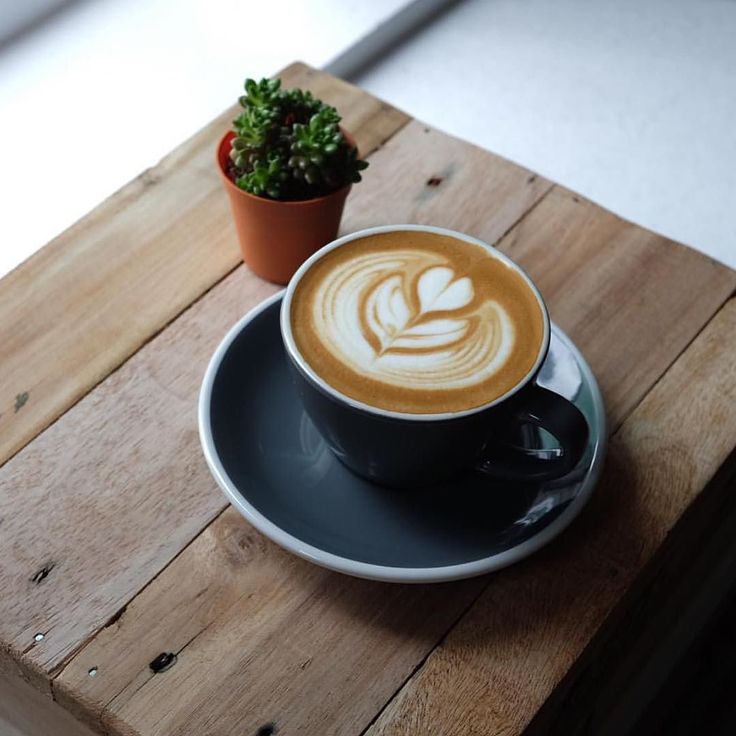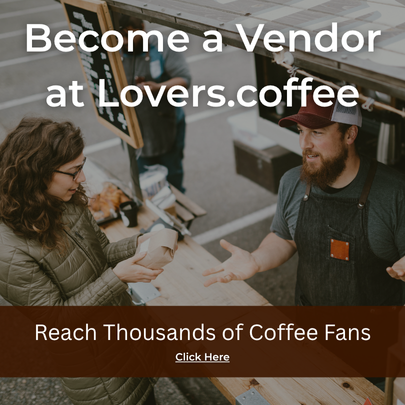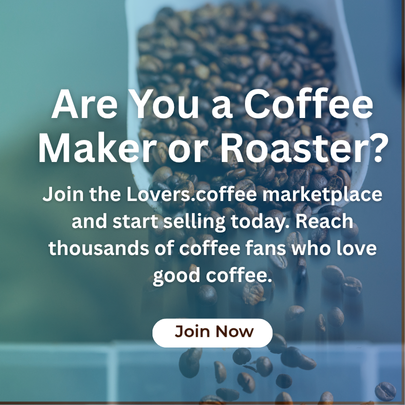
What is a Flat White Coffee and How is it Different from a Latte?
Table of Contents
- What is a Flat White Coffee?
- The Origin of the Flat White
- The Key Characteristics of a Flat White
- What is a Latte?
- The Key Characteristics of a Latte
- Flat White vs. Latte: What Are the Key Differences?
- 1. Milk Texture
- 2. Ratio of Coffee to Milk
- 3. Serving Size
- 4. Flavor Profile
- 5. Aesthetic and Latte Art
- Which Should You Choose: Flat White or Latte?
- Conclusion
What is a Flat White Coffee and How is it Different from a Latte?
- Adam Smith
- 21-08-2024
- 29-07-2025
- 1391 views
- Featured Articles

Introduction
In the world of specialty coffee, there are many beverages with slight but important variations that can completely change the flavor, texture, and experience of drinking coffee. One such pair is the flat white and the latte. Both drinks are espresso-based and use steamed milk, but their differences, though subtle, have a significant impact on taste and texture. Whether you’re a coffee connoisseur or someone just beginning to explore the world of espresso drinks, understanding the flat white and how it differs from a latte can help you order more precisely the next time you’re at your favorite coffee shop.
This blog delves into the flat white coffee, how it originated, what makes it unique, and how it differs from the latte in terms of preparation, milk texture, and flavor. Let’s break it down so that you can enjoy your coffee more mindfully.
What is a Flat White Coffee?
A flat white is a coffee drink that originated in Australia or New Zealand (the origins are hotly debated) and is often considered the perfect balance between espresso and milk. It is typically made with a double shot of espresso and microfoam milk, which is steamed to a velvety, creamy consistency.
The hallmark of a flat white is its microfoam — a smooth, almost velvety layer of steamed milk with small, evenly distributed bubbles. Unlike the thick and airy foam that crowns a cappuccino, the flat white’s microfoam blends seamlessly into the espresso, enhancing the coffee’s rich flavors while adding a creamy texture.
The Origin of the Flat White
The flat white first gained popularity in the coffee scenes of Australia and New Zealand in the 1980s. Its creation is attributed to a desire for a coffee that wasn’t as milky as a latte or as foamy as a cappuccino but still allowed for a rich coffee experience with milk. This middle ground became the flat white.
Its introduction to the rest of the world, particularly in the United States and Europe, came later. However, it didn’t take long for the flat white to become a staple in specialty coffee shops globally. The rise of third-wave coffee culture, with its focus on quality, craft, and attention to detail, made the flat white an instant hit with coffee lovers seeking a balanced yet bold coffee drink.
The Key Characteristics of a Flat White
- Espresso Base: A flat white typically begins with a double shot of espresso. This ensures a strong coffee flavor that is not overpowered by milk. The espresso is key to the drink’s taste profile, providing the bold, rich flavors that balance with the creaminess of the milk.
- Microfoam Milk: The defining feature of a flat white is the microfoam — steamed milk that is smooth, silky, and free of large bubbles. The milk is heated and frothed to a texture that integrates well with the espresso, creating a creamy, smooth texture rather than a fluffy or foamy topping.
- Size and Ratio: Flat whites are typically served in smaller cups than lattes, usually around 5 to 6 ounces. This smaller size, combined with the ratio of milk to coffee, gives the flat white its distinct taste — more concentrated and intense than a latte but creamier than a cappuccino.
What is a Latte?
A latte, short for “caffè latte,” is a much-loved espresso-based drink that originated in Italy. The word latte means “milk” in Italian, and this drink lives up to its name by offering a creamier, milk-forward coffee experience. A typical latte is made with one or two shots of espresso, steamed milk, and a small layer of foam on top. It is larger than a flat white, typically served in cups ranging from 8 to 12 ounces or even larger.
Lattes are known for their smooth, rich, and creamy mouthfeel, making them a popular choice for those who enjoy a milder coffee flavor. The ratio of milk to coffee is much higher in a latte compared to a flat white, which leads to a less intense espresso taste.
The Key Characteristics of a Latte
- Espresso Base: A latte usually contains a single or double shot of espresso, depending on the size of the cup. The espresso provides the base for the drink, but the milk significantly dilutes the coffee’s intensity.
- Steamed Milk and Foam: Lattes are made with steamed milk that has a smooth texture, but the milk is less microfoamed than that of a flat white. Lattes are also topped with a thin layer of frothy milk foam, although this foam is not the main focus of the drink.
- Size and Ratio: Lattes are typically served in larger cups than flat whites, ranging from 8 to 16 ounces. The higher volume of milk creates a more mellow and creamy coffee experience compared to the smaller, stronger flat white.
Flat White vs. Latte: What Are the Key Differences?
1. Milk Texture
The biggest difference between a flat white and a latte lies in the texture of the milk. In a flat white, the milk is microfoamed to a silky consistency with tiny, fine bubbles that blend seamlessly with the espresso. This creates a smooth, velvety texture without the thicker, more noticeable foam found in a latte. Lattes, on the other hand, feature steamed milk that is creamier but topped with a layer of lighter, airier foam.
2. Ratio of Coffee to Milk
The ratio of espresso to milk is another key distinction. A flat white contains less milk than a latte, which means that the coffee flavor is more pronounced in a flat white. The double shot of espresso in a flat white is balanced by just enough microfoam to complement but not dilute the coffee’s strength. In contrast, a latte has a much higher milk content, which makes for a creamier, milk-forward experience.
3. Serving Size
Flat whites are typically smaller in size than lattes. Flat whites are generally served in 5- to 6-ounce cups, while lattes are usually served in cups ranging from 8 to 12 ounces, or even larger. The larger size of a latte allows for more milk, which is why the latte is often perceived as a milkier, lighter drink compared to the stronger, smaller flat white.
4. Flavor Profile
Because of the different milk textures and coffee-to-milk ratios, flat whites and lattes offer distinct flavor profiles. A flat white has a more concentrated espresso flavor with a creamy, smooth mouthfeel. The milk enhances the coffee’s natural sweetness without overpowering the coffee itself. In contrast, a latte offers a more subdued coffee flavor with a richer, creamier texture, making it a more indulgent and comforting drink for those who prefer less intense coffee.
5. Aesthetic and Latte Art
Both flat whites and lattes are popular choices for latte art due to the use of steamed milk. However, flat whites often feature more intricate latte art because of the smooth texture of the microfoam, which allows for more control when pouring designs. Lattes, with their thicker foam, may have less defined latte art, but they are still a canvas for beautiful creations.
Which Should You Choose: Flat White or Latte?
Ultimately, choosing between a flat white and a latte comes down to personal preference and what you want from your coffee experience.
- If you prefer a stronger coffee flavor and enjoy the richness of espresso complemented by just a hint of creamy milk, the flat white is your go-to option. It’s ideal for those who appreciate a balance between bold coffee and subtle milk.
- If you favor a creamier, milk-dominant coffee with a smoother, mellower flavor, a latte is the better choice. It’s perfect for sipping slowly and enjoying a comforting, silky drink.
Both drinks offer unique pleasures, so don’t hesitate to experiment with both depending on your mood and craving.
Conclusion
While the flat white and latte share similarities as espresso-based drinks with steamed milk, their differences in milk texture, serving size, and coffee-to-milk ratio set them apart. The flat white’s velvety microfoam and smaller size create a bolder coffee experience, while the latte’s larger volume of milk results in a creamier, smoother drink. Now that you know the differences, you can confidently order the perfect cup of coffee that suits your






















